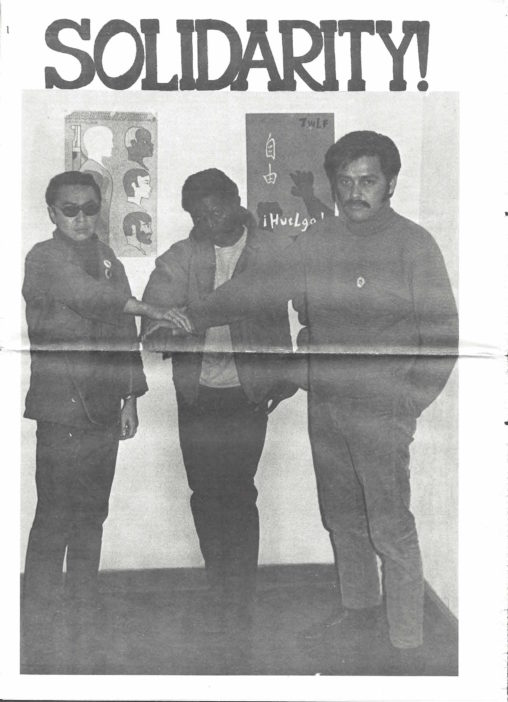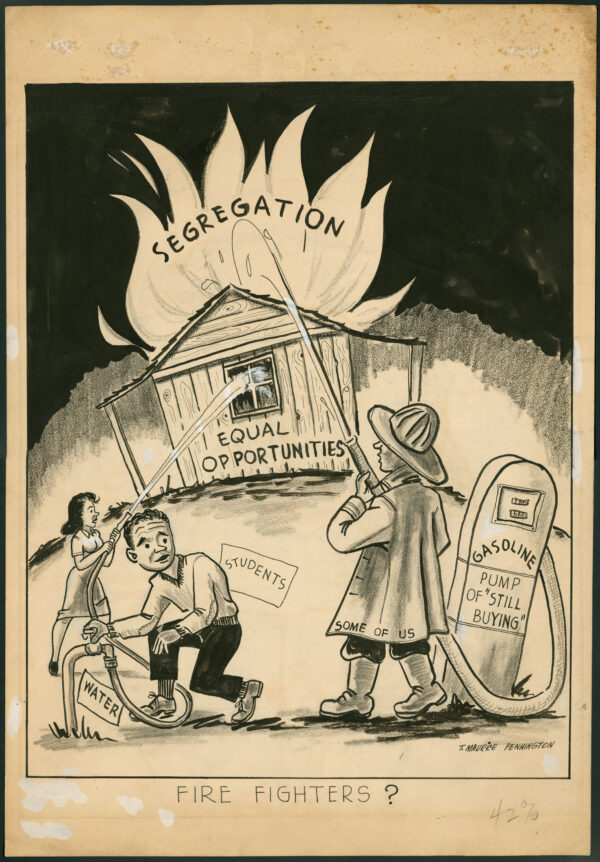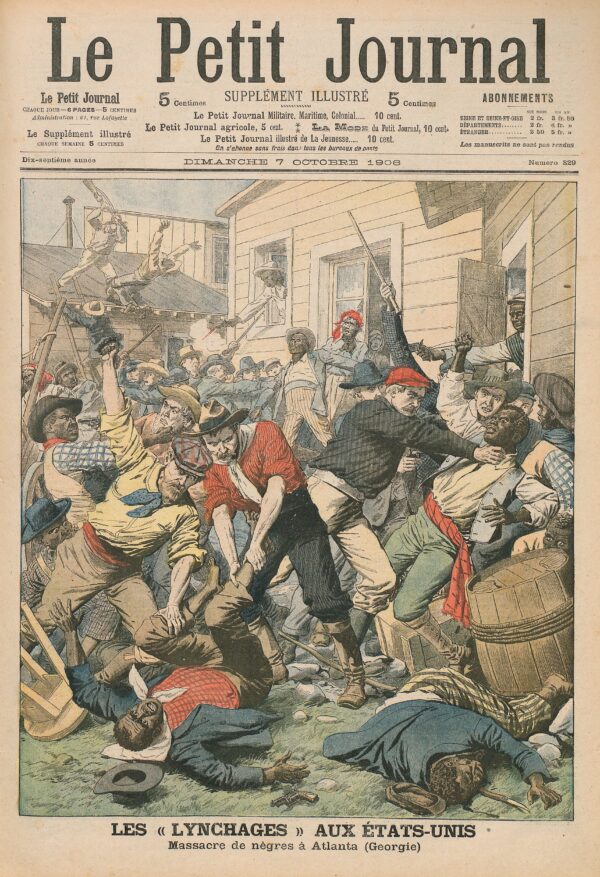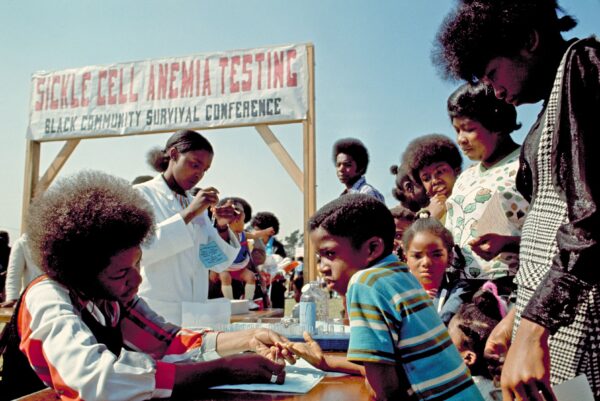
Advocate or Informant? Evaluating the Mixed Legacy of Richard Aoki
Through an exploration of the life of Japanese American activist Richard Aoki, students will examine one man’s story that is more complex than the simple binaries we often find in stories of activism.


